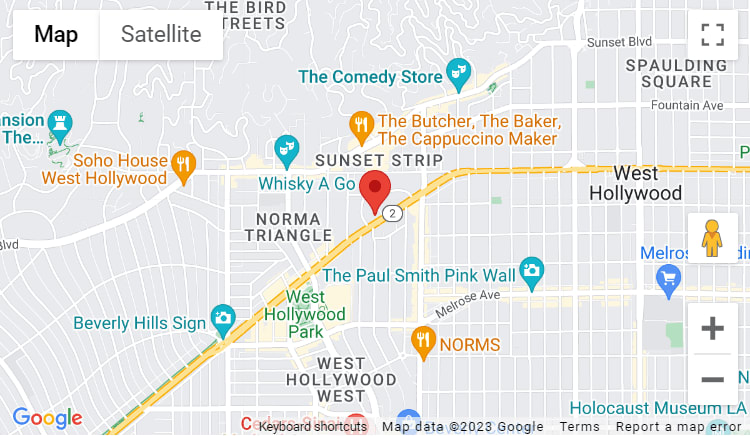Why is air quality important?
Poor air quality can exacerbate respiratory symptoms and contribute to the development of chronic health conditions over time. Effects can range from itchy eyes, to frequent headaches and asthma, to heart disease and cancer.
Who is most affected by poor air quality?
As with many environmental hazards, children, older adults, those with respiratory conditions, and people living in poverty feel the worst of these effects.
What pollutants may be in my home’s air?
Here are some of the most common pollutants:
- Ground-level ozone
- Particulate matter (dust and dander)
- Biological materials (mold)
- Sulfur dioxide
- Carbon monoxide
- Nitrogen dioxide
- Radon (usually in basements)
How clean is the air am I breathing?
There are a number of ways to evaluate the air inside your home.
- The EPA offers a free (limited) app for your phone–it focuses on outdoor air quality–which can help you decide whether to open your windows or not on any given day.
- Purchase a home testing kit here, here, or here.
How can I improve my home air?
One way is to open your windows. Simply put, if the air inside isn’t fresh, open some windows to get air flowing. If you want more than the natural breeze working for you, think about:
- Exhaust-only ventilation (the fan above your stove); or
- Supply-only ventilation, (a window fan that blows fresh air into your home)
If you live in a more modern, airtight home, you may want to consider a mechanical balanced ventilation system. This is an air exchange system that provides both exhaust and supply ventilation, including a filtration system. The two types of systems are:
- Heat Recovery Ventilation (HRV or also called MVHR)
- Energy Recovery Ventilation (ERV)
In addition to providing fresh air, these ventilation systems also remove contaminants such as our usual human emissions, as well as “off-gas” such as formaldehyde from building materials and furniture. They also remove excess humidity and help prevent mold & mildew in homes; conversely, they can increase the humidity in the home, especially during the cool and dry winter months. They work in tandem with your existing HVAC installation, as well.
What are the drawbacks of mechanical ventilation?
- Upfront installation ($2,000-$8,000) is high
- It’s noisy, because it pumps air at a high speed
- Standard HRV or ERV systems might not function well in extreme weather
How can I learn more about mechanical ventilation?
Check out this article from the Zero Energy Project to learn more, or contact us!
Achieving clean air in your home is essential for safeguarding your health and enhancing overall well-being. You can create a healthy, comfortable, and inviting living environment to enjoy for years to come. Remember, the air you breathe indoors matters just as much as the air you breathe outdoors. Let's breathe easy and prioritize clean air in our homes for a healthier, happier life.

